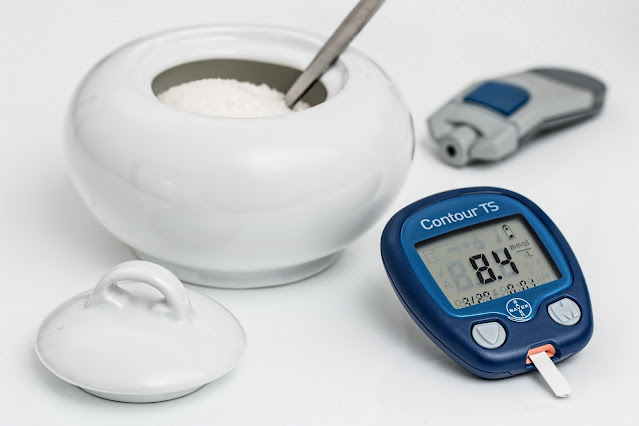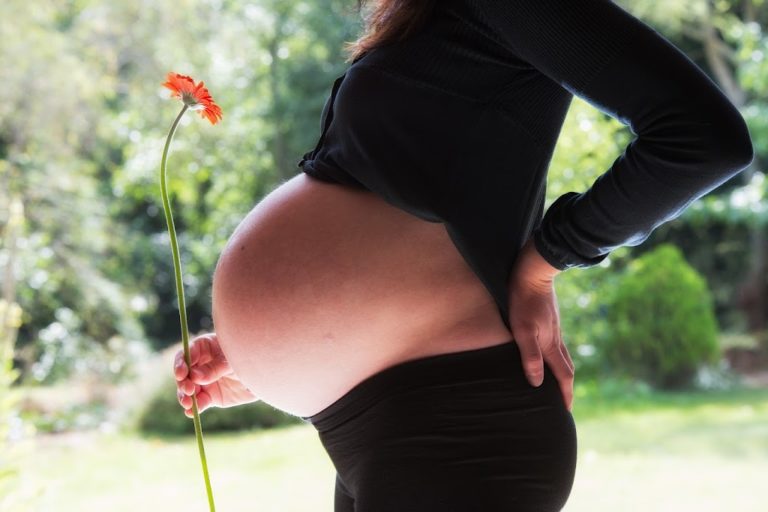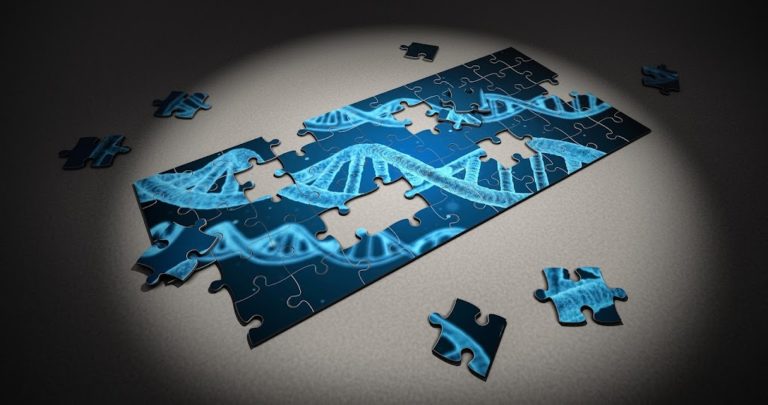When a woman develops insulin resistant during pregnancy it is referred to as gestational diabetes. The disease acts in the same manner as when a person who is not pregnant has diabetes. In most cases, after the baby is born the diabetes goes away and a woman’s blood glucose control and insulin production return to normal.
The placenta that provides nourishment and keeps the baby alive as it grows inside the uterus also releases a hormone that effectively blocks or inhabits a woman’s insulin production from the pancreas. It can also affect the way a woman’s body uses the insulin that is produced. When there is too much sugar (glucose) in a woman’s system that is not being converted to energy it produces high blood sugar. This condition is known as hyperglycemia.
Although gestational diabetes is a serious condition that affects both the mother and the developing fetus there is no cause for alarm. There are many things known about treating diabetes in pregnancy, although not as much information on why it occurs. With good control of blood sugar levels, following a proper diet, and regular exercise a mom with gestational diabetes can go on to deliver a healthy baby.
SUBSCRIBE NOW!
Enter your email address:







